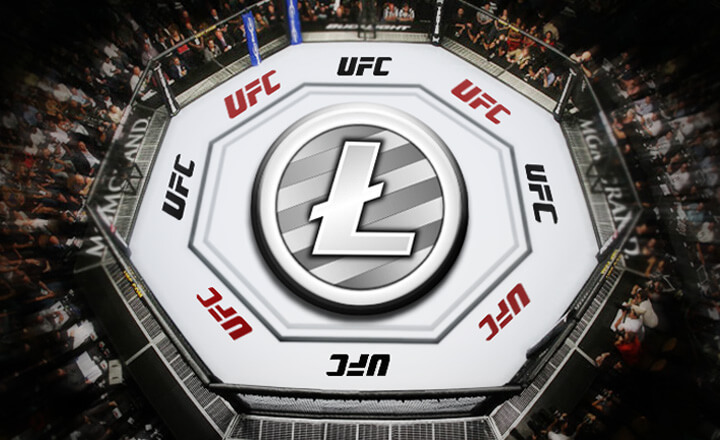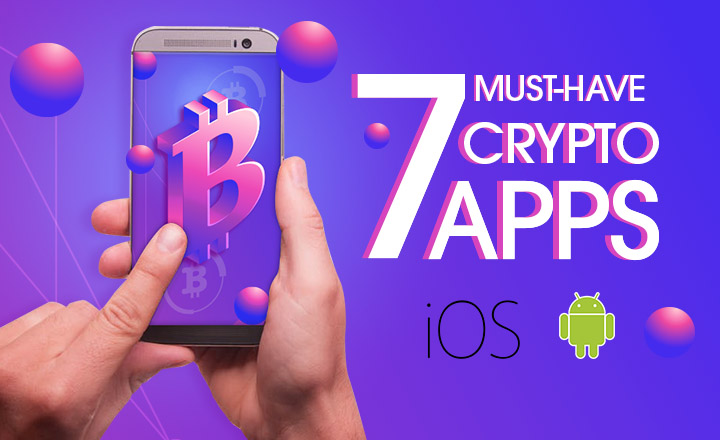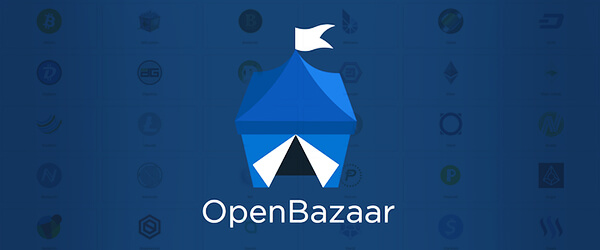Litecoin & Viacoin Look To Improve With SegWit

One of the biggest debates that raged in the Bitcoin community was about the need for a larger block size. The main point of contention is whether to go for a hard fork or a soft fork.
The solution that the development team behind Bitcoin came up with was the Segregated Witness protocol. They added it to the Bitcoin code last October and it will require 95 percent of the network to agree to it before it activates. It is currently stalled at around 25 percent but many are hopeful.
The main idea behind Segregated Witness is actually not to increase block sizes. It works by removing some of the data in the block to make room for more transactions. This is done by replacing the signatures.
Each Bitcoin transaction consists of two main components: the transaction data, which tells the network how much Bitcoin is to be sent and its destination, and the verifying signatures. Without the signatures, transactions are smaller. This means more can fit in a block.
The signatures are then placed in the hash and stuffed into an underused code space in the transaction block so that verification still happens.
Segregated Witness benefits
There are several benefits to using Segregated Witness. First, there is the obvious capacity increase in transaction. Second, it eliminates unwanted transaction malleability. This was an obstacle to writing Bitcoin wallet software and designing smart contracts for Bitcoin. Without it, developers can do more with the network.
The change also allows for better network performance. This is because SegWit allows for data weighing, allowing miners to include more data in the parts of the block that don’t reduce node performance long-term. SegWit even allows for increased security for multisig. This is done by going from about 80 bits with P2SH to about 128 bits with SegWit. This increases security by about 281 trillion times more against certain attacks.
Adoption by altcoins
Altcoin developers have always looked to Bitcoin as an inspiration for their future development. With all of the benefits outlined, it is inevitable that some of them would be interested in implementing SegWit on their own networks. The two altcoins taking steps to do so are Litecoin and Viacoin.
Litecoin was one of the earliest altcoins out there and is still a major force in the market place. Viacoin does not have the same history, but it has an interesting pedigree. It had some of Bitcoin Core’s developers working on it. Both altcoins are interested in SegWit mostly because it fixes malleability issues and makes transactions a lot easier.
Both altcoins are already prepping to add SegWit to their networks. It will operate in the same way as it does in the Bitcoin network. This means it will only activate when 95 percent of the network’s hash power uses it. However, many are optimistic that they will activate earlier than Bitcoin’s implementation.










